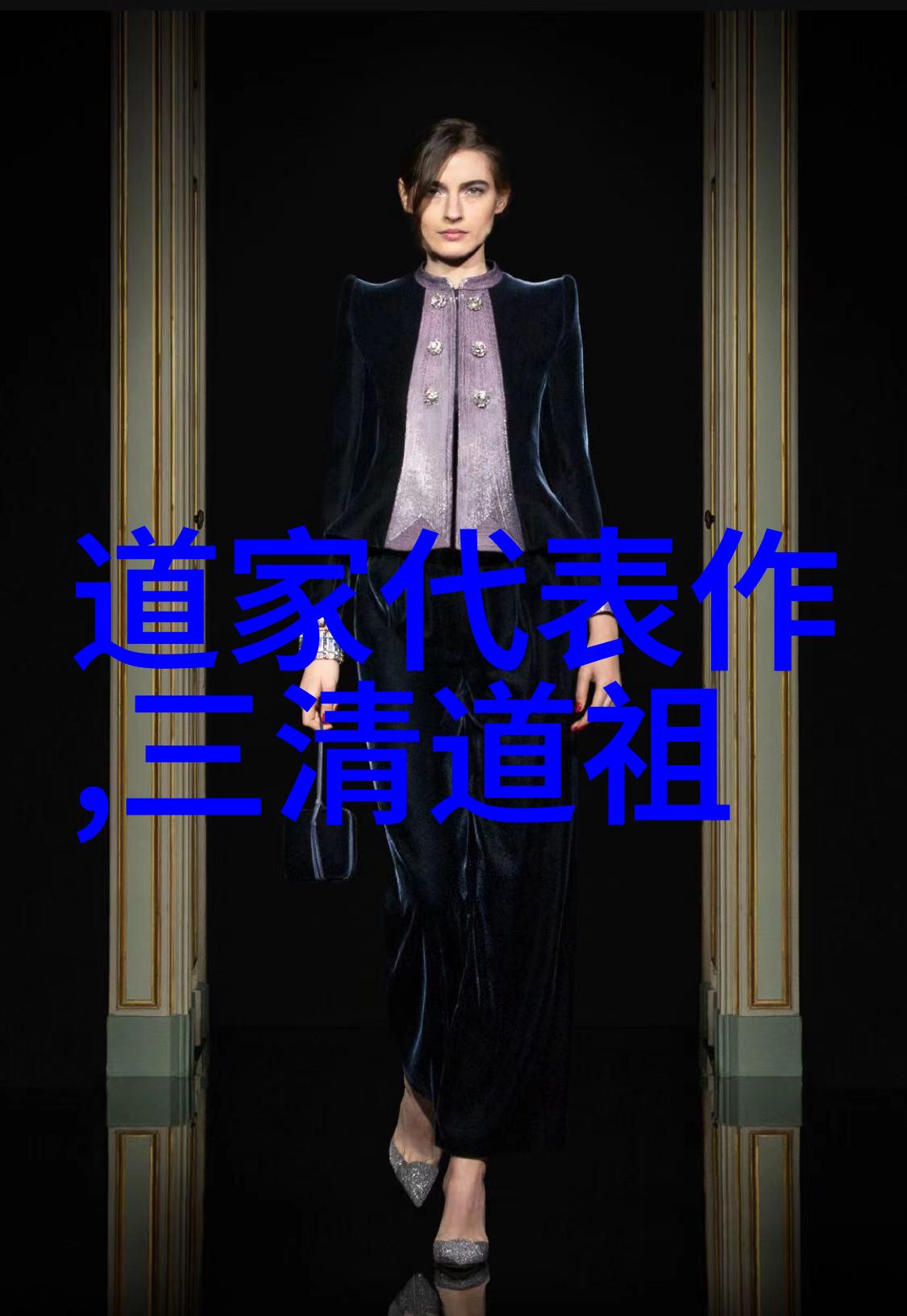El Callao狂欢节在委内瑞拉社区举行,与加勒比海法语岛屿的戛纳布鲁莱斯解放庆典有关。从1月到3月,这项传统习俗的特色是,人们打扮成历史和幻想中的人物,,以及卡利普索音乐、舞蹈和音乐会遍布城镇街道,多达3000人参加。由马达玛人(代表安的列斯妇女身份的卡拉昂人的支柱,被认为是价值观的传播者,她们跳舞,穿着五颜六色的衣服)领导;medio pintos(年轻人通过在不捐赠的人身上涂抹木炭来娱乐观众);矿工;还有暗黑破坏神(戴着面具,跳舞,拿着鞭子维持秩序的人)。其他成年人和年轻人也会穿上服装,加入进来。嘉年华突出了卡劳恩斯的历史和多样性,尊重其非洲-安的列斯的联系和其他社区影响,加强了其文化认同,促进了团结,并鼓励年轻一代发现自己的遗产。这种习俗的代际传播主要发生在传统传承者经营的家庭和学校中,孩子们在那里学习技能,以便能够参与狂欢节,比如写曲子、演奏乐器、唱歌、跳舞或制作面具。 2016年度列入人类非物质文化遗产名录。 来源:教科文组织亚太地区非物质文化遗产国际培训中心 The Carnival of El Callao, practised in communities of Venezuela, is associated with cannes brulées emancipation celebrations in French-speaking islands of the Caribbean. Running from January to March, the traditional practice features parades of people dressed as characters from history and fantasy, as well as calypso music, dancing and concerts throughout town streets with up to 3,000 people taking part. The parades are led by the madamas (the pillars of Callaoense identity representing Antillean matrons considered the communicators of values, who dance and wear colourful dresses); the medio-pintos (young people that entertain audiences by smudging charcoal on people who do not give a donation); the mineros (gold miners); and the diablos (people who wear masks, dance and carry a whip to maintain order). Other adults and young people wear costumes and also join in. The carnival highlights Callaoense history and diversity honouring its Afro-Antillean links and other community influences, reinforces its cultural identity, promotes unity and encourages younger generations to discover their heritage. Intergenerational transmission of the practice occurs mainly within families and schools run by tradition bearers where children learn skills so they can participate in the carnival like writing tunes, playing an instrument, singing, dancing or making masks. Included in the list of human intangible cultural heritage in 2016. Source: UNESCO International Training Center for intangible cultural heritage in the Asia Pacific Region




